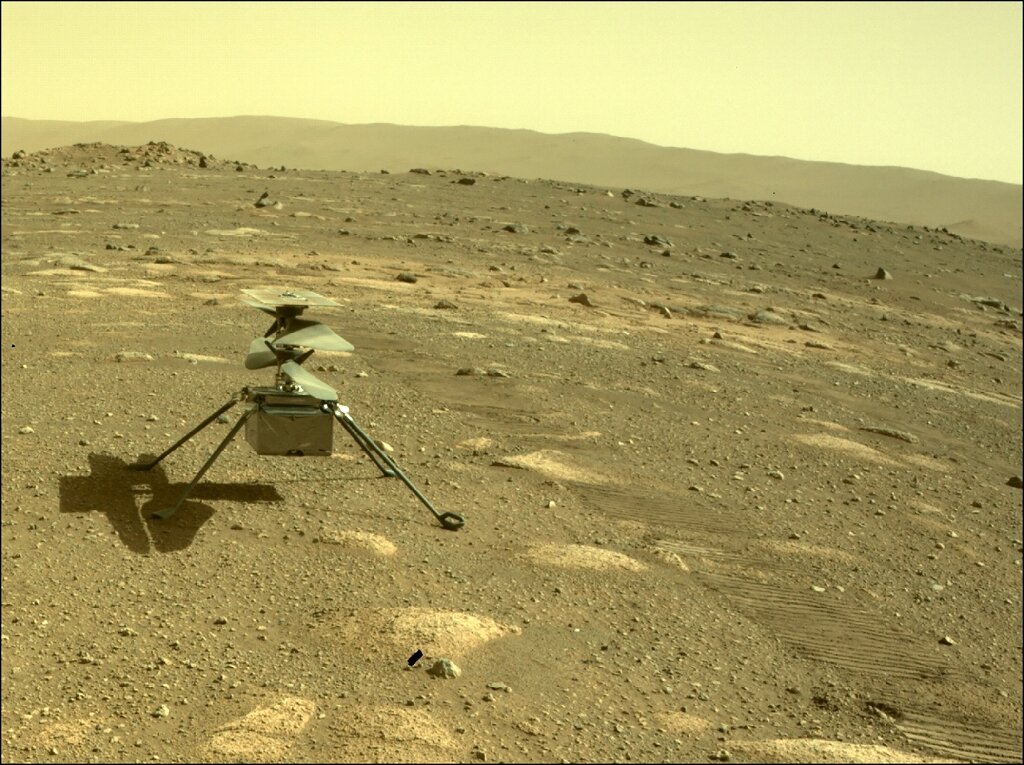Yes, and, though I might be wrong, I don't think the rover has any mechanism to pick it up again. I suspect any such mechanism would have ended up weighing more than Ingenuity itself!
There's a video somewhere on the NASA website that shows the test deploying the helicopter back at base. The thing is 'folded' somehow under the belly of Perseverance and the deployment looks quite complicated. I would imagine reversing the procedure would be quite complex.



